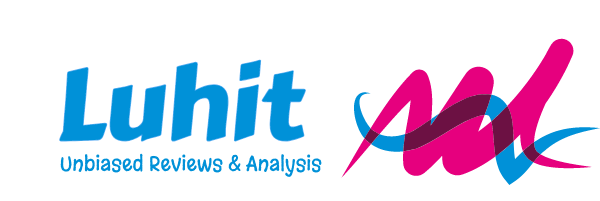CodeWeavers Inc. has been marketing a very competent set of products (CrossOver Office, Plugin) based on Wine Project for GNU/Linux. Recently the company announced that they will release a similar product for Intel Mac OSX. With this CodeWeavers will join the party of Windows on Mac with Apple’s Bootcamp & Parallel’s for Mac.
CrossOver Mac is Coming!CrossOver Mac — CodeWeavers’ latest Windows-compatability product — is on its way. Intended for Intel Mac OS X machines, CrossOver Mac will allow Mac users to run their favorite Windows applications seamlessly on their Mac, without the need for a Windows OS license of any kind. Below are answers to some of the questions we are receiving on the product.
What is Wine ?
Wine is Not an Emulator – says it all. Wine project has created a set of core Windows API, foundation classes that will allow numerous windows applications to run natively on Linux, and perhaps now Intel Macs. Microsoft Windows being closed source, the Wine APIs are at best approximations, but are good enough to run 100s of Windows applications on Linux without having to install Windows or dual boot to Windows.
What is CrossOver ?
CrossOver is a commercial product based on Wine. It is easier to install and manage than the open source Wine. Let’s can CrossOver as Wine ++. On my Suse 9 I have used CrossOver Plugin. It allowed me to install and run Windows browser plugins like QuickTime, Windows Media… CrossOver can also run popular Windows applications like MS Office, Photoshop etc.
What will CrossOver Mac mean to us ?
On Intel Macs we have 2 options for running Windows Applications – dual boot with Apple’s BootCamp & Virtualization like Parallel’s. Read my earlier post on BootCamp & Parallels . At this point, let’s not debate why one would want to run Windows Apps on Mac. The fact that there are so many Windows on Mac products available can indicate that such a need exists.
CrossOver Mac is not yet available. If I go by my user experience on Linux, CrossOver Mac should be a very creditable alternative. The biggest USP for CrossOver is the ability to run Windows applications natively. So in an Intel Mac we could see Office 2003 run like a native Intel Mac application. We can have Windows media playing natively on Safari without Flip4Mac. We may be able to run Internet Explorer 7 on OSX for some nasty bank websites that only work with IE.
Lets Compare … BootCamp vs. Parallels Vs. CrossOver/Wine
BootCamp
- It requires Windows a copy of Windows XP Sp2 to be installed in a dual boot setup.
- Only supports Microsoft Windows.
- All applications compatible with Windows XP can run at native speed.
- Device Drivers for Mac hardware available from Apple.
- Third Party hardware like printers, scanners work well
- File Sharing between Mac OSX and Windows is a major problem. Some third part applications addresses this issues. Read this post.
- Either Windows or Mac OSX Tiger can run at any one time.
- BootCamp Beta available for FREE.
Parallel’s
- Requires a copy of Windows ( 2000, XP…)
- Can install other OSes like Linux, BSD (cross platform application developers should love this)
- Problem’s have been reported on many usb devices
- Can run OSX and Windows or other OS con-currently (how many you can run at a time depends on the amount of RAM you have)
- Slight speed penalty on Windows or other guest OSes.
- File sharing between Windows and OSX by using SMB file share.
- Time limited fully functional demo available. Costs $49 to buy.
CrossOver
- Only supports Microsoft Windows application.
- It will not require us to buy or install MS Windows OS ( saves $$$$)
- It should allow Windows application to be installed directly of Linux ( and later on Mac)
- Wine runs lots of Windows applications, lots but not all. Most of the popular applications work on CrossOver/Wine.
- Windows applications should be able to access Mac HFS+ drives natively. On Linux CrossOver lets all supported file systems to be accessed natively.
- There may be some speed penalty on the Apps running on Wine/CrossOver.
Soon we shall know if CrossOver Mac will be as good as CrossOver Linux. At the moment all I can say is that the Windows on Mac market is getting crowded which is good for the users who will have more choices.
– Manas Kamal Bhattacharya
technorati tags:Apple, BootCamp, Macintosh, Parallel’s, Desktop, Review, CrossOver, analysis, iMac, Intel, Mac
Blogged with Flock



